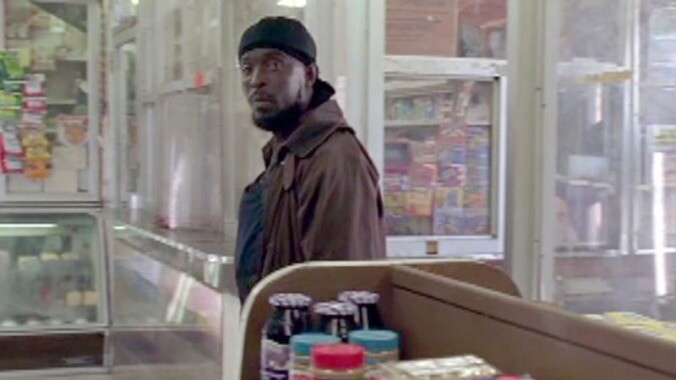Another one of our early location ideas was Hamsterdam—the legal drug zone created by Major “Bunny” Colvin in season three. (The name came from a neighborhood resident mishearing the police referencing Amsterdam.) We’d heard that most of the buildings had been torn down, but it turns out they all had been. What’s left is a couple blocks’ worth of empty lots and a fire hydrant.
Plenty of locations from The Wire remain, though, and many are in close proximity to each other. As Bannat mentioned in the first of our two Wire episodes, a lot of that came from practicality: They didn’t have a lot of time to shoot, so locations needed to be close to each other. The detail office is about a five-minute walk from the Greek’s diner, and both of those locations are near the port area that occupied The Wire’s second season. We never spent more than a few minutes driving from one location to the next.
At each one, the people were friendly and said nice things about the show, though a couple also mentioned The Wire’s unrelenting bleakness rang a little false. While we missed a squatter in the second floor of Cutty’s gym by minutes, judging by what was left, we also met a guy who was single-handedly making Marlo’s format hangout safe for skaters. Although the plentiful Plexiglass around his cash register may suggest otherwise, Donald Lee from Novak’s says his neighborhood isn’t bad. Like a lot of cities, Baltimore can vary by block. Novak’s corner, at Federal and Chester in the shadow of the cool old American Brewery building, is fine, but a few blocks over may be sketchier, Lee said. As far as we could tell—spoiler ahoy—there were no gun-toting tweens in the store, either. Bad timing, Omar!
If you ever visit locations from The Wire, also check out the extensive, browser-choking tour at the Baltimore site welcometobaltimorehon.com. Also make sure to swing by Fells Point, the location of the police building from Homicide: Life On The Street. There’s a giant plaque out front. Can a statue of David Simon be far behind?














![HBO teases new Euphoria, Larry David, and much more in 2026 sizzle reel [Updated]](https://img.pastemagazine.com/wp-content/avuploads/2025/12/12100344/MixCollage-12-Dec-2025-09-56-AM-9137.jpg)


























